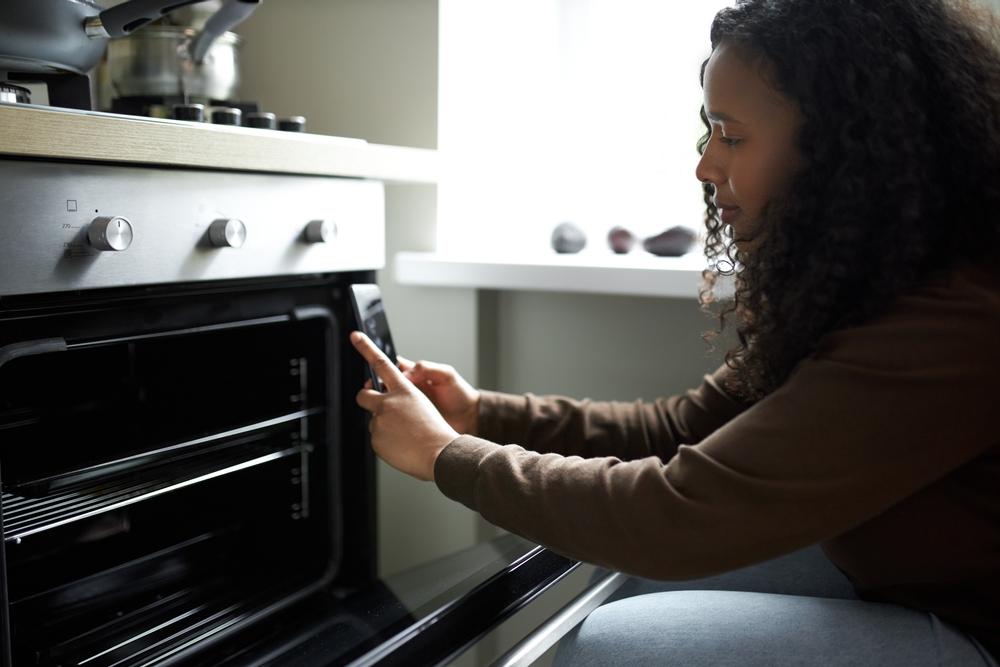Guide to Vehicle Storage

Moving soon? Get organized with our free moving checklist.
For many people, it can be difficult to figure out the best vehicle storage options for your car, truck, or motorcycle.
The process involves a lot of trust, as well as careful forethought to make sure your vehicle is in safe hands. This guide provides a breakdown of the most important things to keep in mind, questions you should ask, different vehicle storage options, and how to get your vehicle ready for storage.
What is vehicle storage?
Vehicle storage refers to a unit designed to provide a safe space for a car, truck, motorcycle, or other kind of vehicle for an extended time. In most cases, a vehicle storage facility will have some sort of security system and a climate control system. Additionally, these storage facilities only allow authorized individuals to access each vehicle.
How to choose a vehicle storage facility
The first step when considering your options for vehicle storage is to determine the kind of storage you need based on your vehicle. In many cases, the type of vehicle you have or what you want to do with it while it’s in storage determines important factors, such as:
- The atmospheric control capabilities of the storage unit
- The location of the storage facility
- What are you allowed to do with your vehicle while it’s stored, such as perform repairs, cleaning, or maintenance checks
You also want to make sure that the vehicle will be secure while it’s in storage. Regardless of the neighborhood the storage facility is in, automobiles and their parts can be attractive targets for thieves and vandals.
Therefore, it’s a good idea to make a list of questions you want to ask each vehicle storage facility you’re considering. For example, you should ask:
- How do you maintain favorable atmospheric conditions inside each of your units?
- What security systems do you have in place, and is it possible for me to check security footage if I have any concerns?
- Do I have the option of having a security camera connected to my mobile device so I can check on my vehicle whenever I’d like?
- Am I allowed to come in and clean the vehicle while it’s in storage?
- If I realize maintenance has to be performed on the vehicle, is it OK for me or someone I designate to come in and do so?
- Is your facility accessible via public transportation in case I have to come get my vehicle and don’t have someone available to drive me?
If any of your questions elicit a negative or defensive response, that could be a red flag, and you may be better off looking elsewhere.
What are your options when choosing a vehicle storage facility?
Your options when choosing a vehicle storage facility boil down to four basic categories: private, enclosed indoor units, indoor units you share with others, uncovered parking spaces, and covered parking spaces. Here are some of the benefits and drawbacks of each option.
Private, enclosed indoor units
A private, enclosed indoor unit gives you exclusive use of your very own, climate-controlled space. This means there’s little to no chance of another person’s car door dinging yours, or someone accidentally scratching or bumping into your vehicle. You also get the security that comes with knowing that a thief or vandal would have to first get past the exterior security of the vehicle storage facility and then also break into your specific unit to gain access to your vehicle. For some people, this extra security buffer is a huge plus.
However, private, enclosed indoor units come with a significantly higher price tag than other options. In addition, it’s harder to find these kinds of facilities, which means you may have to travel a considerable distance to put your vehicle into storage or access it.
Shared indoor spaces
A shared indoor space also comes with the benefit of a controlled climate. Not only does this protect your vehicle’s components from the elements, but it also keeps it free from other issues, such as salt getting plowed into your undercarriage by a snow plow or mud getting sloshed on your paint job.
On the other hand, with a shared indoor space, your vehicle is surrounded by many others. As a result, it’s far more likely for someone to bump into it, resulting in dents or scratches. In some shared indoor spaces, the owners place physical barriers between vehicles or include excess space on either side of parking spots to minimize the chances of damage.
Uncovered parking spaces
An uncovered parking space is most likely your best choice if you’re on a budget. Also, if you won’t be storing your vehicle for a particularly long time, an uncovered parking space may do the trick. Depending on the location of the storage facility and your vehicle, you may be able to ride by and see it, which may give you a sense of comfort.
But it’s important to keep in mind that an uncovered parking space leaves your vehicle completely exposed to the elements. Also, it may limit the number of security measures standing between a thief or a vandal and your car or truck. That’s why these solutions are often better for people who don’t need to store their vehicles for several months or longer.
Covered parking spaces
Covered parking spaces provide a happy medium between indoor and uncovered outdoor storage. Your vehicle enjoys at least some shelter from the elements, which can make a big difference, especially if you’re concerned about the sun fading your paint job.
On the other hand, you have to be careful when selecting a covered parking space for storing your car or truck. Some storage facilities may interpret the term “covered” rather loosely. For example, a covered parking space may refer to a full-blown parking garage—or it may just be a space with a metal roof over it, like a carport. If this makes a difference to you, you will want to double-check with the storage facility’s management team to make sure you understand how your vehicle will be covered and whether that can change while it’s in storage.
How to prepare your vehicle for storage
Getting your vehicle ready for storage can be as important as choosing the right facility. There’s a lot you can do to help ensure that your vehicle comes out of storage in as good a condition as it entered.
Special considerations when storing antique vehicles
An antique has both monetary and sentimental value, and while its place in your heart is safe and secure, you could accidentally diminish its value if you don’t take some precautions.
- Elevate your vehicle. If the storage facility allows it, raise your oldie but goodie up onto jack stands so the tires aren’t touching the ground. Older-style tires aren’t always as resilient or firm as newer models, and, after time, old tires can warp or crack while under the weight of the vehicle.
- Fill up your gas tank. Space in your gas tank increases the opportunity for air to be introduced to your tank, which can cause rust, especially in older vehicles. Filling your tank with gas and treating it is an important protective step.
- Cover your vehicle. You should use a breathable car cover instead of a plastic one for your antique vehicle. Plastic covers may trap moisture, leaving it nowhere to go except onto your car or truck’s surface, encouraging rust.
Prep steps for all vehicles
Regardless of the age or condition of your vehicle, you should take the following steps to make sure it comes out in tiptop shape:
- Change your oil. If your oil is old, it can get thick or sticky, and this can diminish its ability to protect your engine’s moving parts. Changing your oil before putting your car, truck, or cycle in a storage facility reduces the chances that the oil won’t be up-to-par when you start it again.
- Detail your vehicle. Over time, organic tidbits left behind in your car can encourage mold growth or even become home to little creatures, so it’s best to do a thorough cleaning. Also, a good wax job can help protect your paint job from both the sun and minor scratches.
- Disconnect the battery. If anything is left on in your vehicle, it can drain your battery, making it hard to start when you take it out of storage. Also, a battery that’s connected for an extended period without maintenance may be more likely to suffer corrosion.
By keeping these considerations in mind and carefully choosing the right storage facility, you can rest easy knowing that your vehicle will be in great condition when the two of you are reunited. Be sure to write down your questions ahead of time so you don’t leave anything out as you interview different storage providers.
If you’re putting your vehicle in storage to prepare for a move, Updater can help you have a smooth, comfortable transition. Reach out today to discover how.













